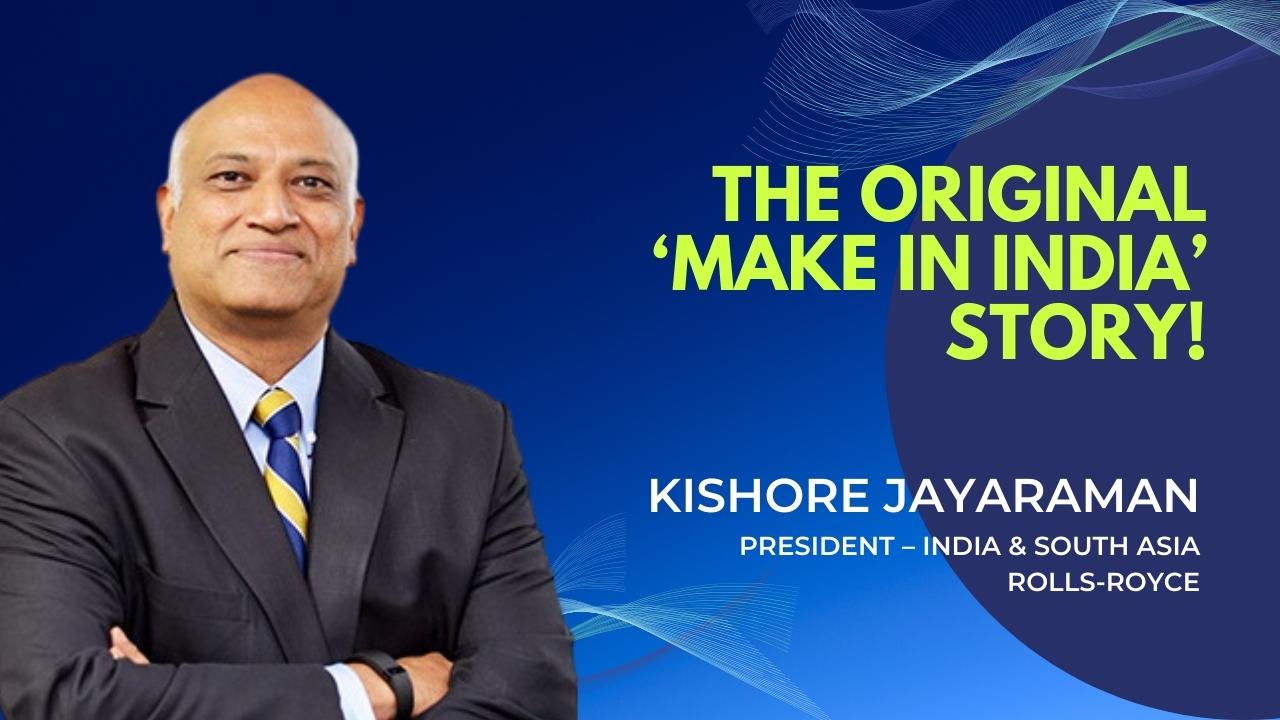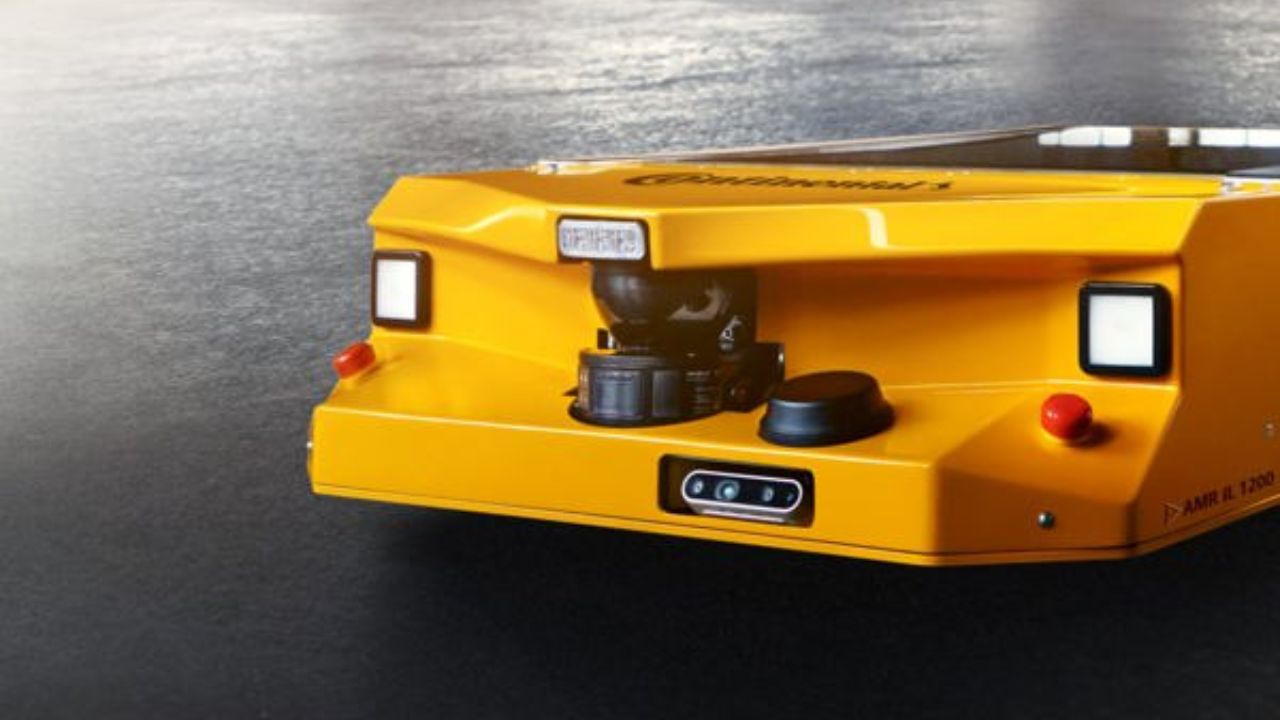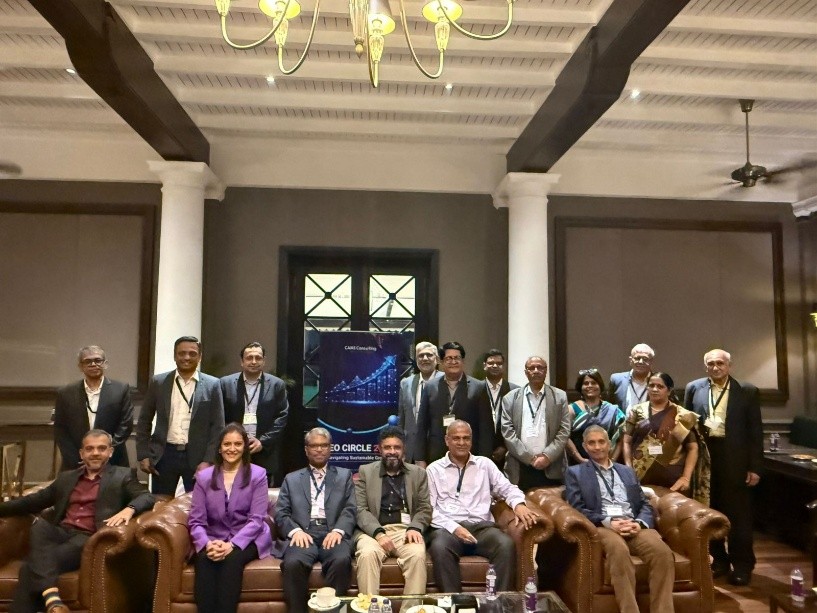Driving Autonomy Forward: Continental’s India-Led Innovations in ADAS
#ContinentalAutomotive #ProMFGInsights #FutureOfDriving #AutomotiveAI #SmartMobilityIndia #AutonomousMobility #ADASIn an exclusive interaction, Mr. Sudeepth Puthumana, Head of Segments - ADAS, Autonomous Mobility, Continental Automotive India shared insights on the evolving ADAS landscape with Manish Kulkarni, Co-founder, Pro MFG Media.

August 2025 : As the global auto industry accelerates toward autonomy, India is no longer on the sidelines. Sudeepth Puthumana sees the shift from Level 2 to Level 5 autonomy not as a distant dream, but as an evolutionary process that is already well underway especially in the Indian context.
“In the past two to three years, ADAS adoption has moved from premium niches to mainstream C to E segment vehicles,” notes Puthumana. Regulatory momentum particularly around features like Autonomous Emergency Braking (AEB) and Adaptive Cruise Control (ACC) is driving this adoption. Meanwhile, Continental is launching India-focused solutions like automated park assist, underscoring how local conditions are shaping global technologies.
But India’s roads present unique challenges. “Our cities are unpredictable animals, potholes, and oncoming traffic are everyday variables,” he explains. To tackle this, Continental has been capturing massive amounts of localized driving data to train its AI-based algorithms. The company’s ADAS engineering team in India one of the largest globally develops and refines these systems using India-specific datasets, enabling algorithms that can react to the realities of Indian traffic.
Puthumana highlights how AI and machine learning underpin this adaptation. “Algorithms must work in real time on high-efficiency chips. It’s not just about the software; it’s about hardware-software co-design.” These innovations are not only addressing local use cases but also powering global programs, including Continental’s partnership with Aurora on autonomous trucking in the U.S.
Technologies like V2X and cabin sensing are also taking center stage. Continental’s COSMA platform Connected Smart Access demonstrates how secure, keyless access and smartphone-vehicle communication can enhance both safety and user experience. “We’re moving from vehicle safety to driver-centric safety,” Puthumana adds, noting a shift in design priorities.
For India to scale up to higher levels of autonomy, policy, infrastructure, and cross-industry collaboration must align. Government mandates like mandatory ESC by 2027 are critical enablers. So too are partnerships among OEMs, Tier-1 suppliers, semiconductor players, and academia. Continental’s long-standing collaborations with IITs and tier-2 institutions exemplify this ecosystem approach.
Looking ahead, Puthumana remains bullish on ADAS as a core enabler of smart mobility. “ADAS technology, combined with robust connectivity and map-based localization, holds the key for future-ready mobility. Our goal is to ensure these systems are safe, scalable, and tailored for both India and the world.”
NEWSLETTER
TRENDING ON PRO MFG
MORE FROM THE SECTION





.png)


